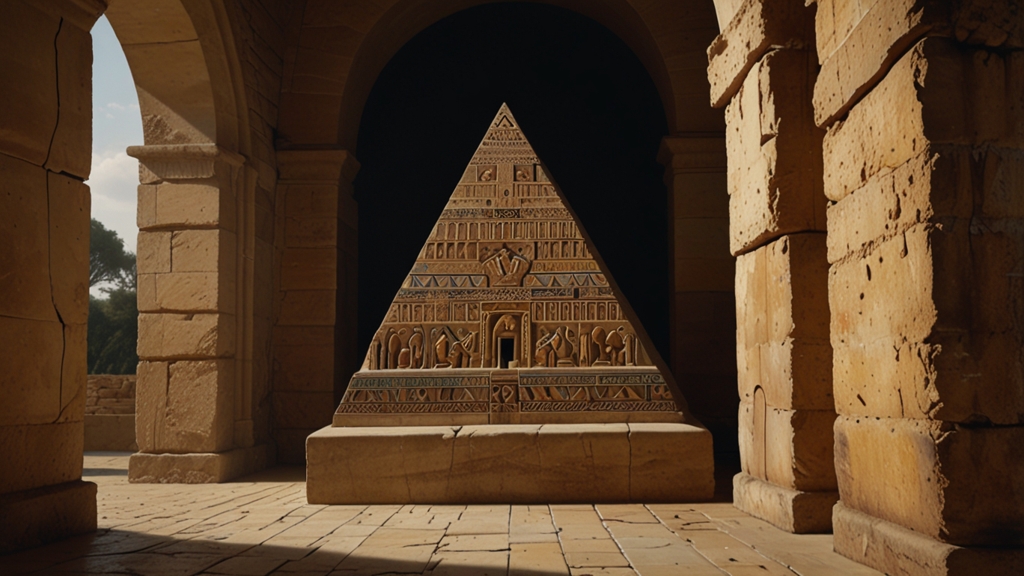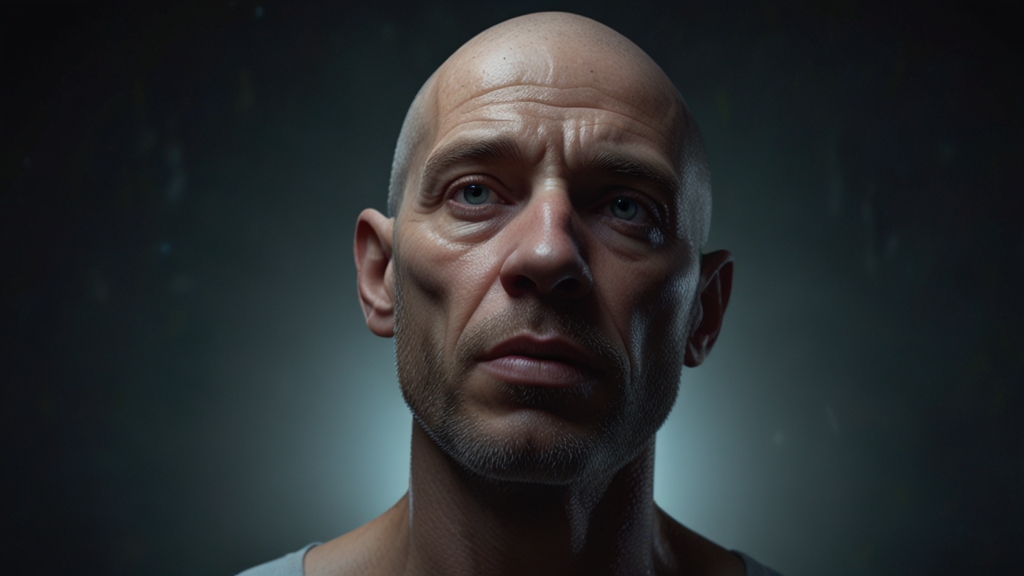What the Prophets Foretold: A Timeline of Major Predictions
Throughout history, humanity has been both fascinated and guided by the words of prophets and seers. From ancient civilizations to modern times, these individuals have made bold predictions about the future, many of which have significantly influenced the course of events. In this article, we will explore a timeline of some of the most significant prophecies and their implications.
Ancient Prophecies
Ancient prophecies are often shrouded in mystery and embedded within religious or cultural texts. One of the earliest known prophets is Zoroaster (Zarathustra), who lived in ancient Persia (modern-day Iran) around 1500-1000 BCE. He predicted the coming of a savior, who would ultimately defeat evil and bring about a new era of peace and righteousness.
"A Saoshyant (redeemer) will come, born of a virgin, and he will bring about the final renovation of the world, defeating the forces of Angra Mainyu (destructive spirit)." - Zoroastrian prophecy
Similarly, the Oracle of Delphi in ancient Greece was famous for its prophetic pronouncements. Citizens and leaders traveled from far and wide to consult the oracle, whose predictions often influenced significant political and military decisions. One famous prophecy given to King Croesus of Lydia suggested he would destroy a great empire if he launched a war against Persia. The prophecy came true—the great empire destroyed was his own.
Biblical Prophets
The Bible is replete with prophets who forecasted events with remarkable accuracy. Isaiah, Jeremiah, and Ezekiel are some of the primary prophets in the Old Testament, and their predictions have resonated through centuries.
Isaiah, for example, predicted the coming of a suffering servant who would bear the sins of many. Christians believe this prophecy was fulfilled in the person of Jesus Christ. Centuries before the event, Isaiah wrote:
"But he was pierced for our transgressions, he was crushed for our iniquities; the punishment that brought us peace was on him, and by his wounds, we are healed." - Isaiah 53:5
Jeremiah, known as the "weeping prophet," foretold the destruction of Jerusalem and the subsequent Babylonian captivity. Despite his warnings, the people did not heed his message, leading to the fulfillment of his dire prophecy.
Medieval Prophecies
The Middle Ages saw the rise of several notable prophets whose predictions still captivate the imagination. Nostradamus, a 16th-century French seer, published a book titled "Les Prophéties" in 1555. His cryptic verses have been interpreted to forecast numerous events, including the Great Fire of London, the rise of Napoleon, and World War II.
Another prominent medieval figure is Joan of Arc, who claimed to receive divine visions instructing her to support Charles VII and recover France from English domination. Her prophecies and actions were critical in changing the course of the Hundred Years' War.
Modern-Day Prophets
In contemporary times, prophetic figures often emerge in various forms, from religious leaders to futurists. One modern-day prophet was Jeane Dixon, an American psychic whose predictions included the assassination of President John F. Kennedy. Her prognostications garnered significant public and media attention during her lifetime.
Moreover, technological advancements have given rise to "tech prophets" such as Ray Kurzweil. While not a prophet in the traditional sense, Kurzweil has made numerous forecasts about the future of technology and humanity. His predictions about the growth of artificial intelligence and the concept of the "Singularity" have sparked intense debates and continued speculation.
Conclusion
The prophecies of old and new highlight humanity's enduring quest to comprehend the unknown and navigate the uncertainties of the future. Whether grounded in religious faith or driven by technological insight, the words of prophets have shaped societies and influenced the course of history. As we look ahead, the impact of these predictions continues to resonate, reminding us of the profound connection between our past, present, and future.





